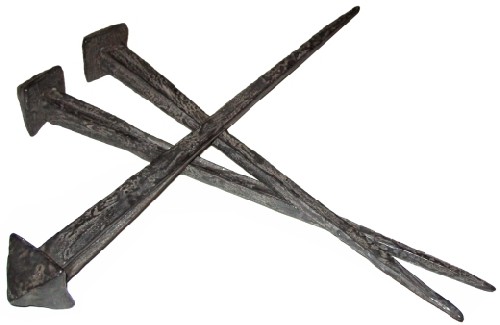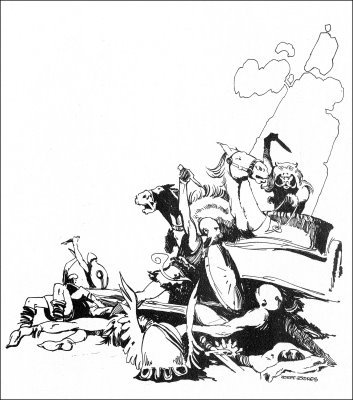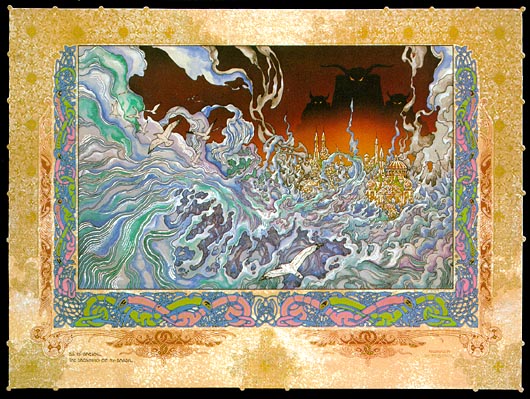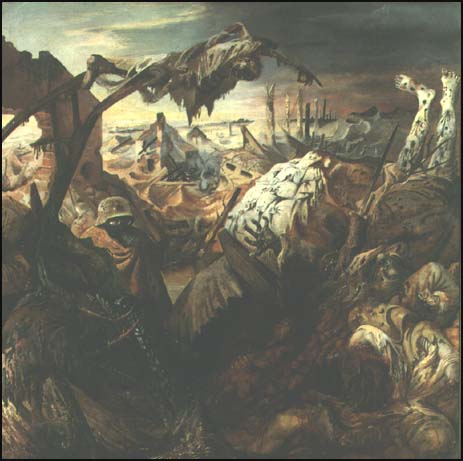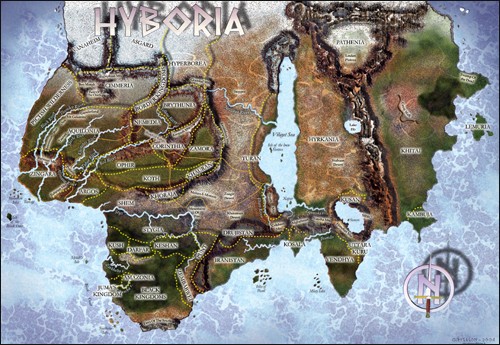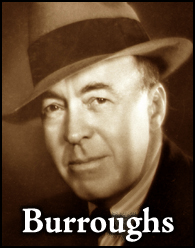REH Words of the Week: stylus and papyrus
Wednesday, April 15, 2009
posted by Deuce Richardson
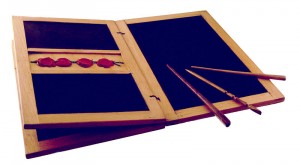
stylus
noun
1. an instrument for writing, marking or incising.
[Origin: from the Latin stylus, “a pointed instrument” ]
papyrus
noun
1. a writing material made of strips of the pith of the papyrus plant laid evenly across similar strips in thin layers, the whole being soaked and then dried under pressure; used by the ancient Egyptians, Greeks and Romans.
[Origin: from the Greek papyros, “reed” ]
HOWARD’S USAGE:
Now he laid down the golden stylus with which he had been laboriously scrawling on waxed papyrus, rested his chin on his fist, and fixed his smoldering blue eyes enviously on the man who stood before him.
[from “The Phoenix on the Sword”]
It seems seldom recognized or appreciated by many Conan fans (especially those who “live by the Lancers”), that in the first scene Robert E. Howard ever wrote featuring the redoubtable Cimmerian, Conan is wielding a writing utensil, not a sword. “The Phoenix on the Sword” was the first Conan tale ever written, though it takes place late in his career (and near the end of the Lancer series), shortly after he became king. The readers of the December 1932 issue of Weird Tales first saw Conan the Cimmerian at a writing-table, using a stylus to incise a sheet of waxed papyrus.

